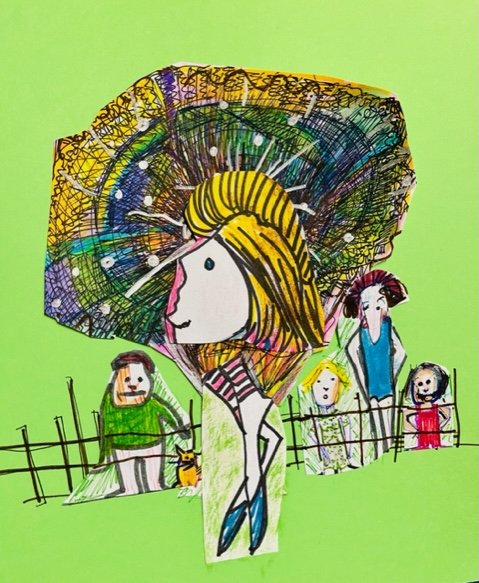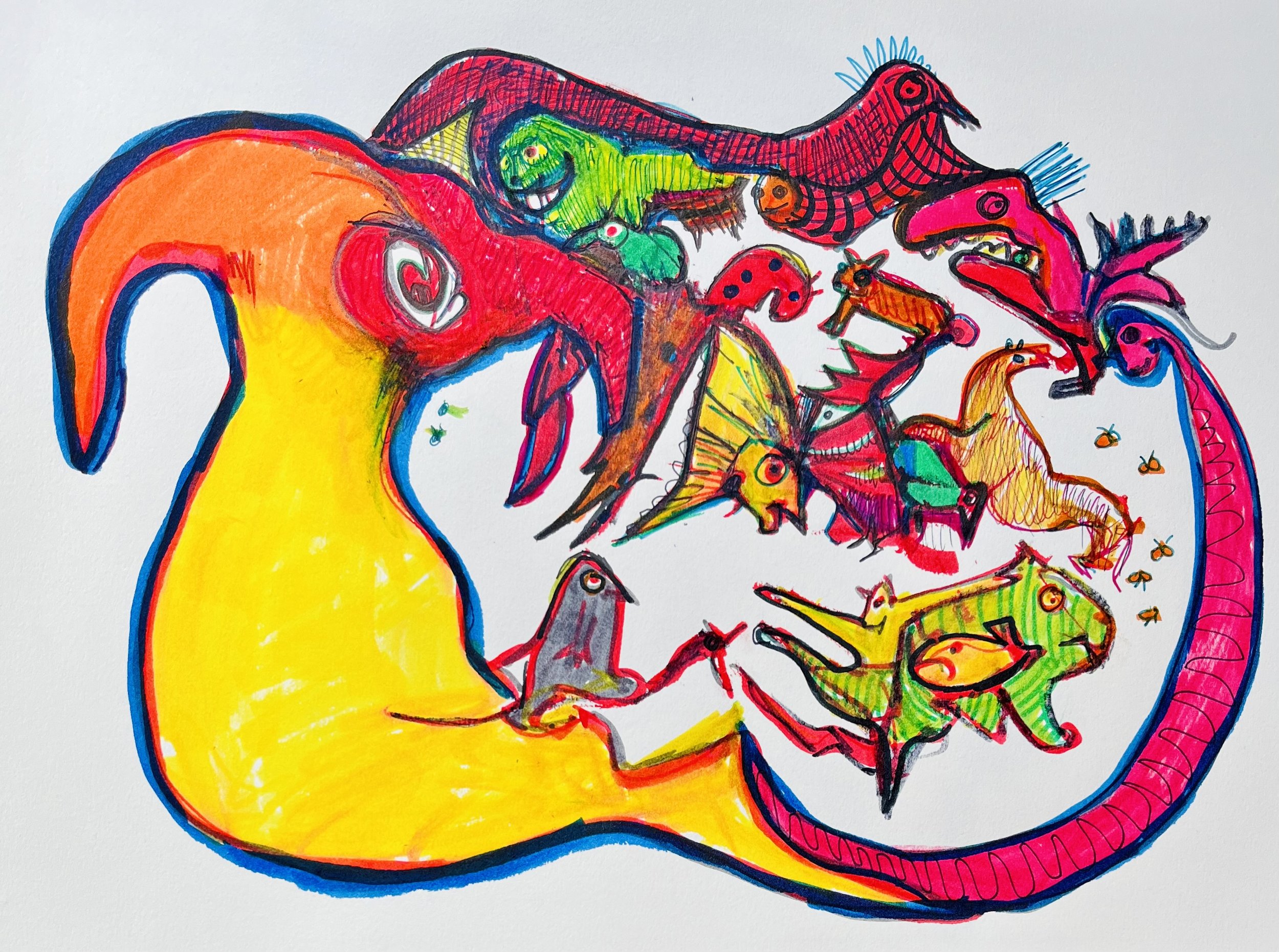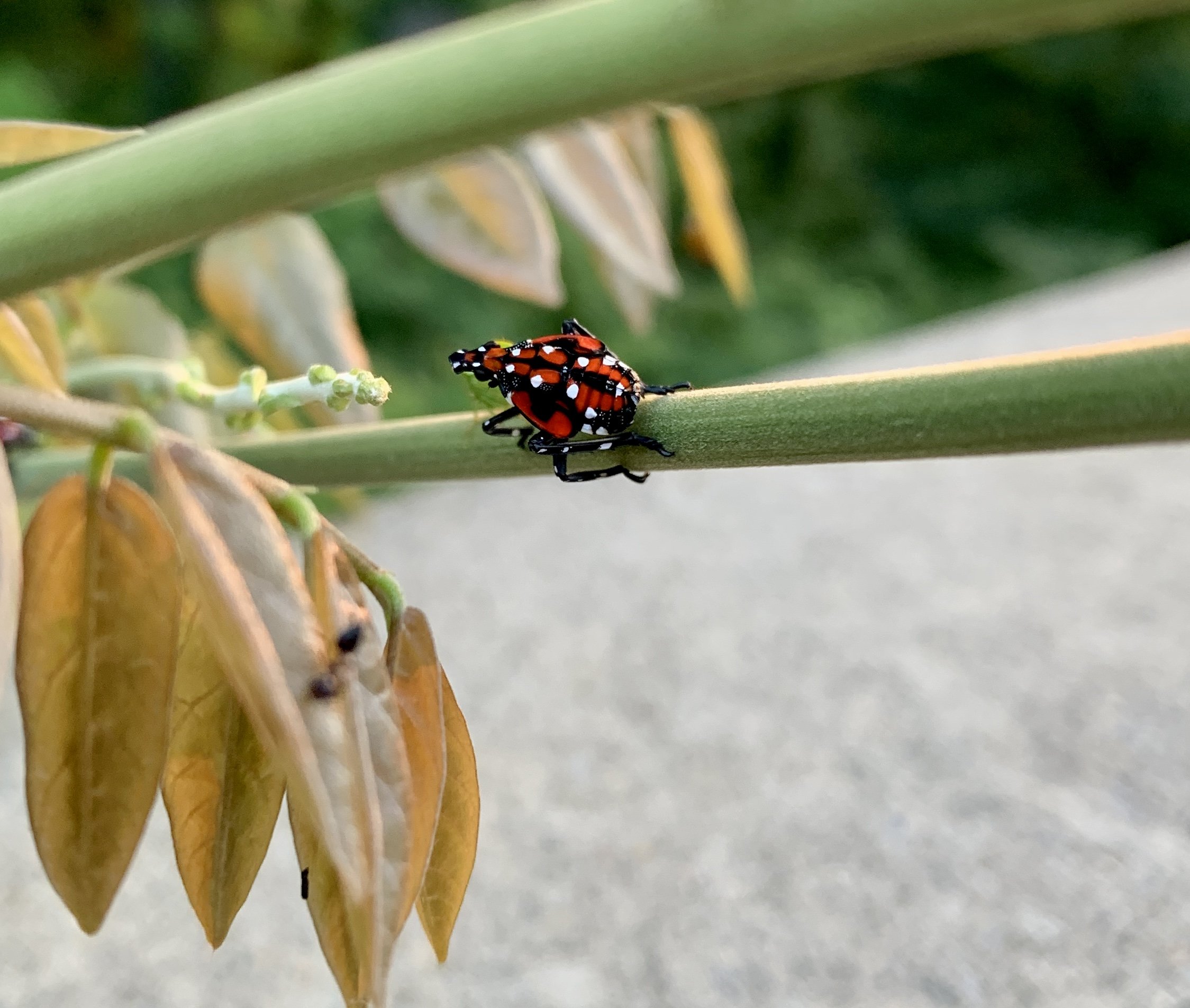From 2012 until 2021, I wrote and published a newsletter on matters of German and Jewish interest. The subject matter and the need for some sort of news link became apparent to me after I returned from my 2 1/2 years living in Berlin acting as the Founding Director of the American Jewish Committee’s Berlin Office. Two years ago, I gave it up because of illness and age. (I was approaching 90.) I let all my readers know that it was necessary for me to bring it to a close. Scroll ahead a year or so and my health took a turn for the better. I thought about bringing it back to life, but I became very involved with the Residents’ Council and felt that I did not have the time to dedicate to a newsletter.
Time has passed and I now feel that, given the changes going on in both Germany and the Jewish communities, a renewed DuBow Digest might serve a purpose, and I’ll find the time. I plan to do it monthly at the beginning. As in the past, it’s free and will come to readers by email.
One of the things I learned in my years doing my newsletter, is that it proved to be of interest to many people who were neither Jewish nor German. What takes place in both communities frequently has impacted the United States and, at times, the world, so reading about them can be a genuine learning experience. I really have to start at the beginning once again. My old mailing list no longer exists so I have to start over. I will continue reviewing the German and Jewish press and bring to you articles of interest along with some commentary from me.
I hope you’ll get something from it. If you are interested, please drop me a note at: dubowdigestnewsletter@gmail.com
If you would like to see the September 2023 issue of DuBow Digest, please click on the button below:





































































